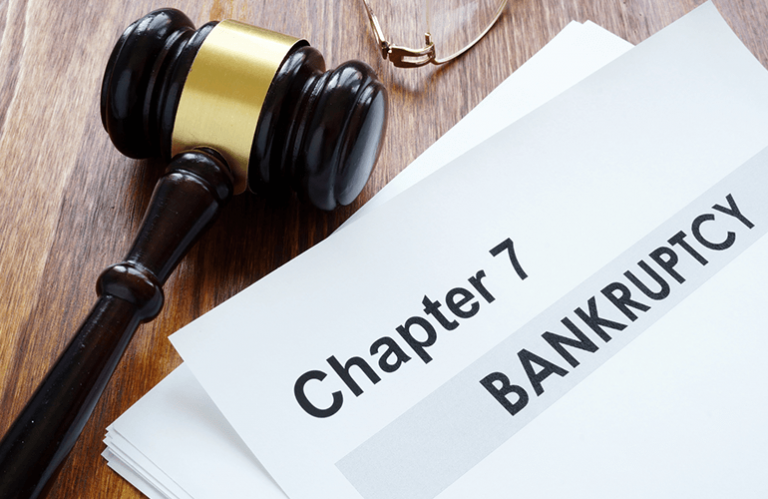Chapter 7
Home » Chapter 7
OUR SERVICES:

What Is A Chapter 7 Bankruptcy?
You do have options for starting fresh. Our experienced Chapter 7 attorneys can answer your questions about bankruptcy. Chapter 7 bankruptcy is often the first choice for people who are considering bankruptcy. There are reasons for choosing Chapter 13, but Chapter 7 is the most advantageous option for those who qualify.
Tired of dealing with collection agencies and the fear and anxiety they unleash on your life? Are your wages being garnished? Are you afraid for your family’s financial future? You do have options for starting fresh.
Helping You Find Relief
You Are Not Alone
As soon as you contact our office, you can start breathing more easily. We understand what you are facing and options to turn your situation around.
We are prepared to take immediate action and start you on the path to financial stability.
How Do I Know If I Qualify For Chapter 7?
Eligibility for Chapter 7 is determined by the means test that takes into consideration a family’s median income. We can discuss this means test with you and discuss your rights and options.
How Does Chapter 7 Work?
In a Chapter 7 bankruptcy, once the process is completed and your case is approved— usually lasting between three and five months — most unsecured debts are discharged.
What Is The Chapter 7 Means Test?
Chapter 7 bankruptcy uses a means test. Those with too many assets or too high of an income are sometimes unable to qualify for Chapter 7 with some exceptions. If you are ready for a fresh start and are considering Chapter 7, the first step is working with a lawyer to determine your eligibility.
Automatic Stay

One of the most powerful protection tools of a bankruptcy is the automatic stay. Whether you file Chapter 7, Chapter 13 or Chapter 11, the court issues what is known as an automatic stay. The automatic stay puts your creditors on notice that you have filed for bankruptcy, and they must stop collection activities while your bankruptcy is pending and the automatic stay is in place. Collection activity that is not allowed while the automatic stay is in place includes the following actions, among others:
- Collection letters and phone calls
- Foreclosure
- Repossession
- Wage Garnishment
- Bank Levies
- Execution of Judgments
- Lawsuits on Dischargeable Debts
Many people fighting overwhelming debt are so constantly harassed by bill collectors that they don’t have the focus to figure out a plan to get out of debt. The automatic stay in a Chapter 7 or Chapter 13 bankruptcy gives you that break to formulate the best strategy to become debt-free.
Relief from Stay
Sometimes creditors may go to court and file a motion requesting that they be relieved of the automatic stay. If granted, these creditors can legally move forward in their collection efforts, even during your bankruptcy. Additionally, a few limited categories of debt are not protected from collection by the automatic stay. These categories include:
- Child Support
- Tax Assessments
- Tax Audits
- Lawsuits Outside of the Bankruptcy Estate
After analyzing the types of bills you owe, your bankruptcy lawyer will be able to advise you on which debts are and are not included in the automatic stay.
Time Your Bankruptcy Filing to Make the Most of the Automatic Stay
The automatic stay is a very powerful protection for bankruptcy filers. If you wait too long to file for bankruptcy, however, you may not get the full benefit of the automatic stay. For instance, the automatic stay can prevent a lawsuit from being filed or keep it from being pursued. But if your case has already gone to judgment and the creditor has secured a lien against your property, that creditor may be able to get relief from the stay unless you can provide adequate protection of their property interest. Also, while the automatic stay can stop a wage garnishment from continuing, you may never be able to recoup the portion of your wages which were lost while the garnishment was in effect. In these situations, filing for bankruptcy sooner rather than later will help you protect your valuable property and keep you from losing more money than you need to.
GET OUT OF DEBT NOW:
Contact An Experienced Chapter 7 Bankruptcy Lawyer at 703-559-6950
The information provided on this website does not, and is not intended to, constitute legal advice; instead, all information, content, and materials available on this site are for general informational purposes only. Information on this website may not constitute the most up-to-date legal or other information. This website contains links to other third-party websites. Such links are only for the convenience of the reader, user or browser; we do not recommend or endorse the contents of the third-party sites.

